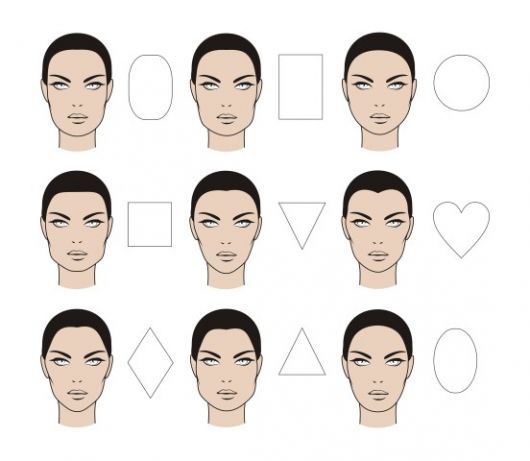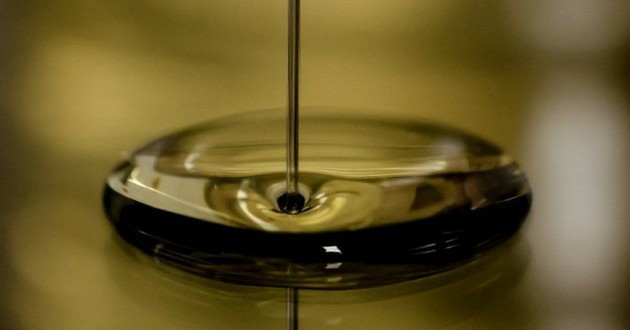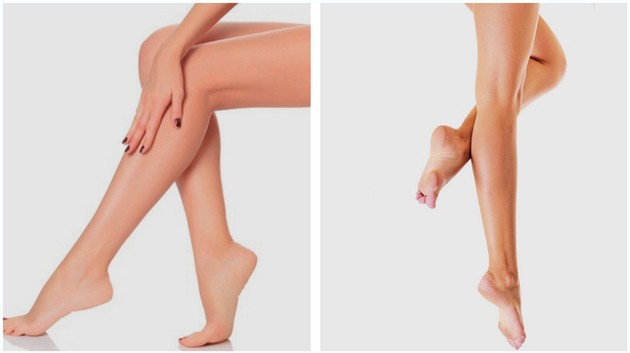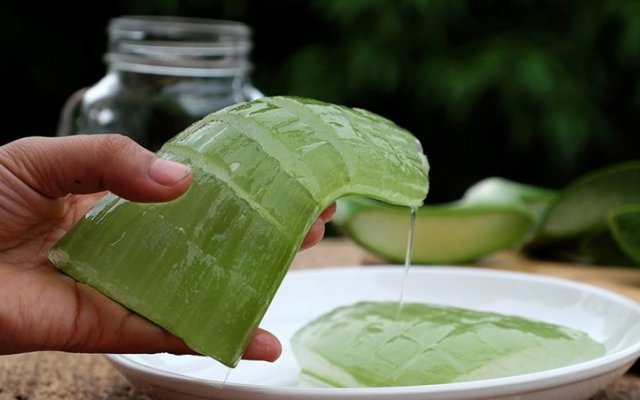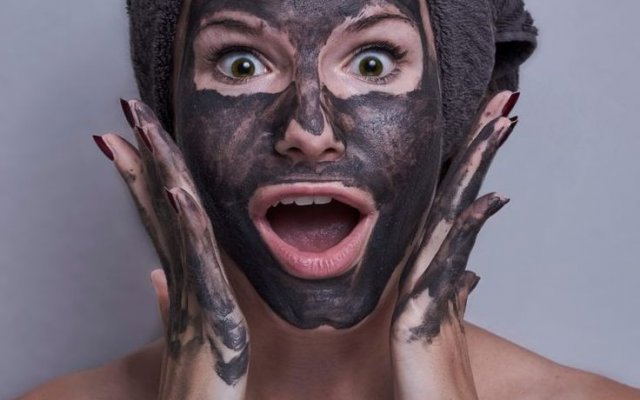Did you know that clay promotes multiple skin health benefits? Usually used in aesthetic treatments, this mineral can work miracles with our skin! However, there are different types of clay and each with a different effect. That's right, countless benefits in each clay. Amazing, huh?
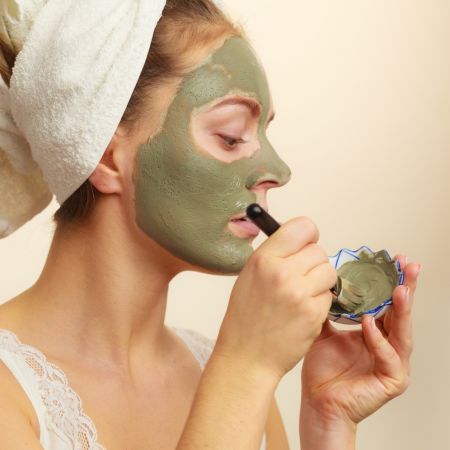
So we came to tell you all about each type of clay and which one is right for your skin. Check out.
What are the benefits of clay for the skin?
Clay is a powerful mineral that promotes multiple benefits for our skin. But in relation to the face, it acts as a great natural exfoliant, performing a deep cleaning, which eliminates toxins and oiliness from the skin, through its anti-inflammatory and drying action.
Aesthetic procedures with clay are also known as clay therapy, are very popular. This simple mineral has a rejuvenating power of action, as its properties activate blood circulation, which helps to reduce fluid retention in tissues, reducing flaccidity and delaying skin aging.
Natural and super affordable, clay face masks are a great option for face care. However, there are different types of clay and each one has a specific effect, so it's good to know how to choose the right type for you! So check out which clay is ideal for your skin type.
Clay types and their benefits
Green clay
Being the most known and used type. Green clay is ideal for oily and acne-prone skin, as it has astringent, drying and bactericidal properties. In addition, it tones and stimulates the skin, helping to close pores and delay aging.
white clay
White clay, on the other hand, is indicated for sensitive and hyperpigmented skin, due to its softening and healing properties. Reduces inflammation and lightens spots caused by acne or irritation. It is also great for applying to the skin after long exposure to the sun.
White clay: know the benefits for skin and hair
black clay
Known as volcanic mud, black clay is perfect for combating oiliness, in addition to being a powerful detoxifier, due to its anti-inflammatory and antioxidant action. Ideal for keeping your skin healthy!
Black clay: benefits and way to use this face mask
brown clay
For a firming action on the skin, the brown clay mask is the solution! With the power to activate blood circulation, this type of clay helps tone and tighten the skin. Therefore, it softens the lines of expression and improves the firmness of the skin.
yellow clay
Indicated for mature skins, the benefit of yellow clay is to stimulate collagen production. Assists in the oxygenation of cells that favors skin regeneration, causing a rejuvenating effect.
red clay
For delicate and irritated skin, bet on the red clay mask. Its properties help in the functioning of the sebaceous gland, which prevents acne and soothes inflammation and irritation. In addition, it provides good hydration and accelerates skin regeneration.
gray clay
A great natural exfoliant, gray clay has amazing effects! Helps lighten spots and reduce pimples, great for oily skin. Another fantastic benefit is helping to reduce measurements, as it improves blood circulation and, consequently, reduces fluid retention.
purple clay
Purple clay is a mix between brown and pink clay, this combination provides a lot of firmness in the skin, reducing fine lines and sagging. A great boost to combat the tired look of everyday life.
pink clay
Pink clay is also a mixture of clays, being a combination of red and white. Ideal for the treatment of sensitive skin with blemishes, it promotes deep cleansing without irritating the skin, in addition to its healing and revitalizing actions.
The best face primers for dry skin
How to prepare and apply the clay mask?
Making the mask is super easy! You will only need clay powder and saline solution, and you can also use mineral water.
Method of preparation and application:
- In a container, place a dessert spoon of clay and add the saline solution (or mineral water) until you get a pasty and homogeneous mixture;
- After washing your face, apply the mixture by spreading it over the skin evenly;
- Let the mask act for at least 15 minutes;
- Rinse your face using circular movements to facilitate clay removal;
- Finish by applying a facial moisturizer to your face.










